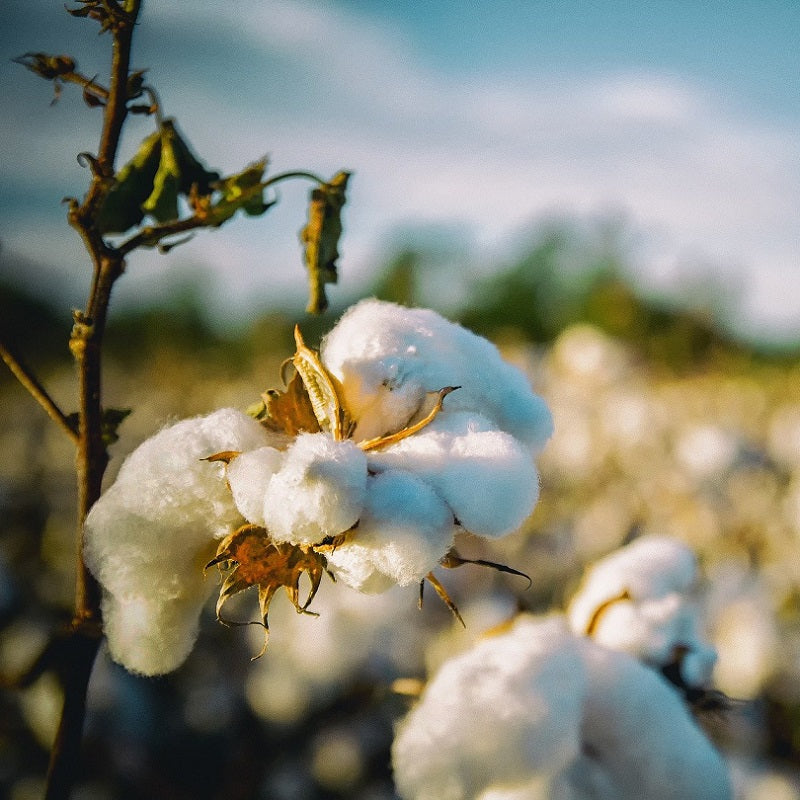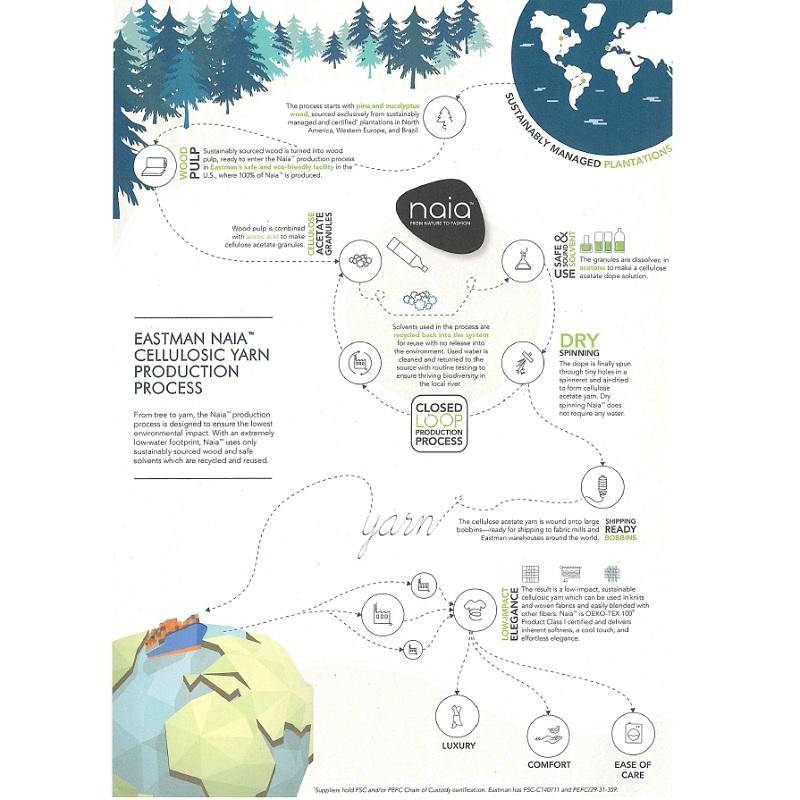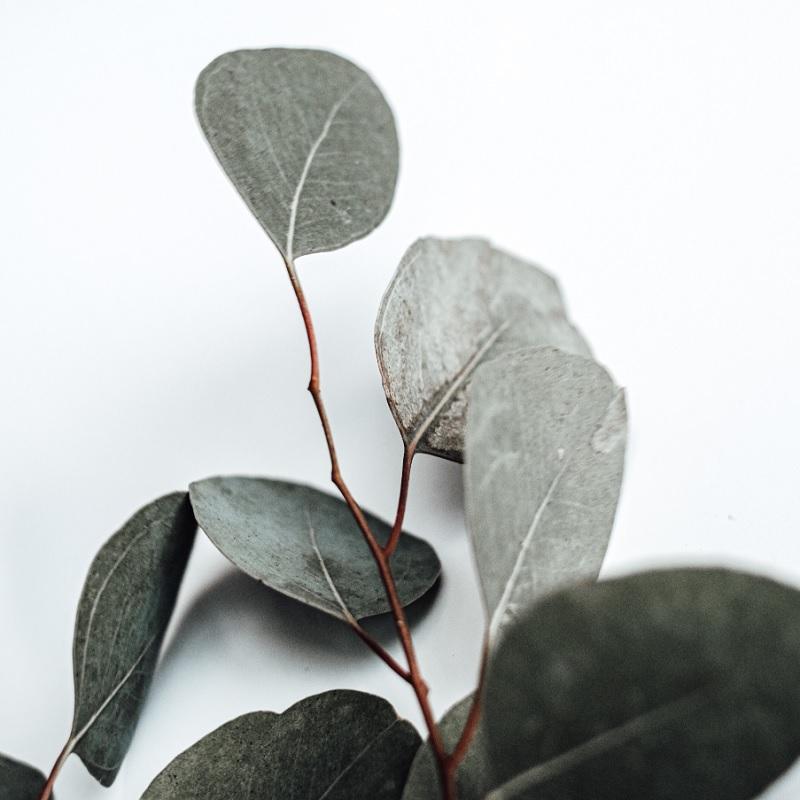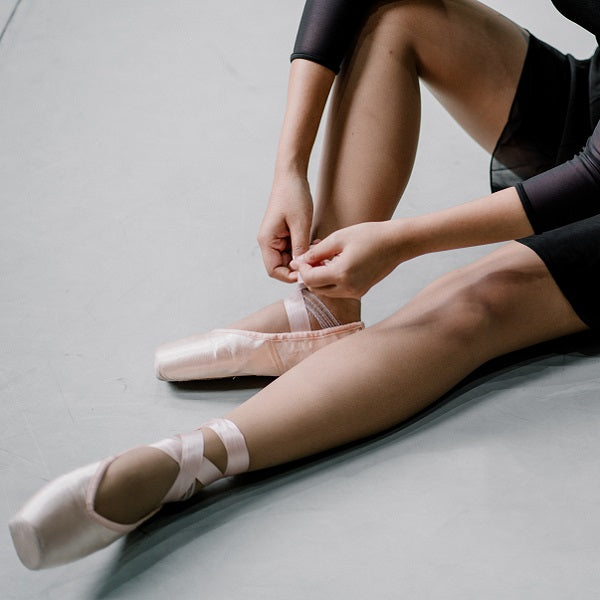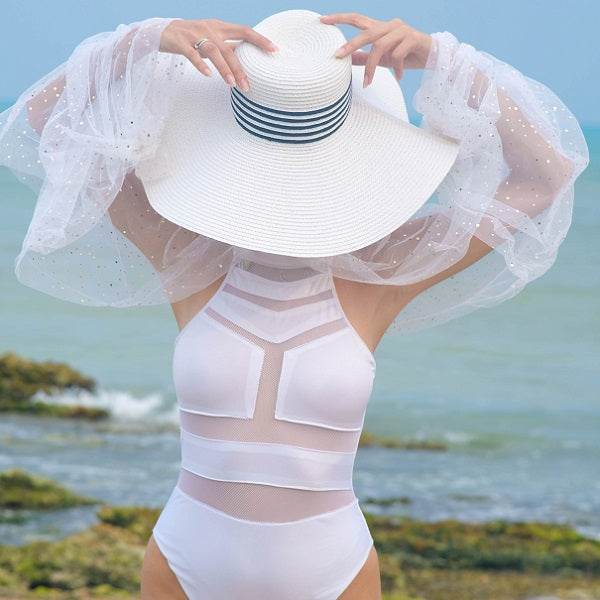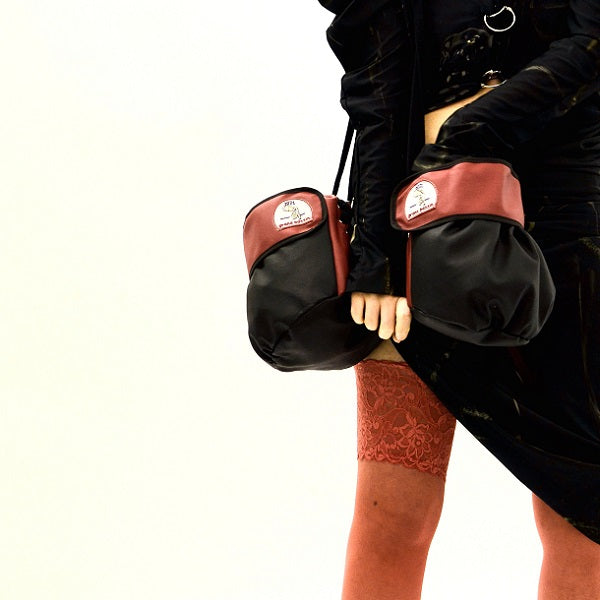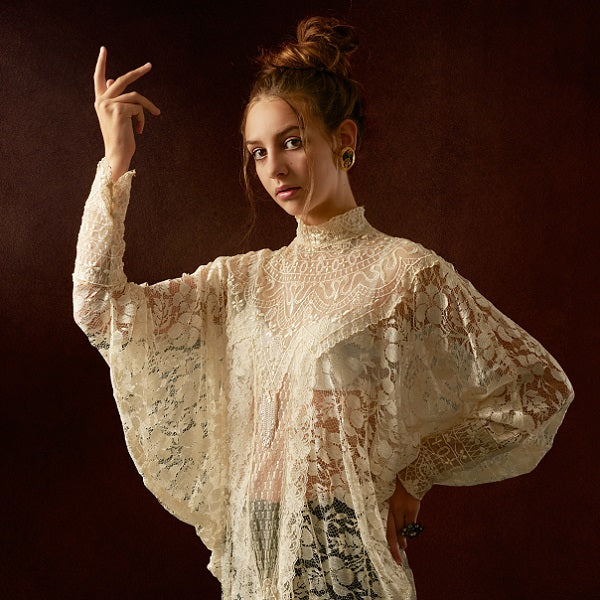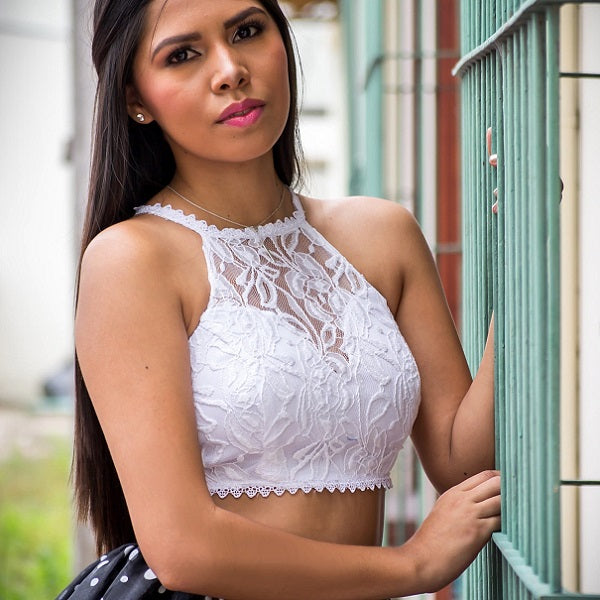
Technical Information
Did you know laces are typically only stretchable in their length and not width? Depending on the lace design it may seem like a lace can be stretched in width, but this is only because of the holes in the design. The elastane/spandex is woven in such a way, that it can only be stretched in length. This is a technical limitation from the machines that can be used for lace production.
CHANTY has specially fitted machines that enable us to produce laces that are stretchable in length and width, those laces are CHANTY's > Extra Stretch Laces <.
All technical details are measured first in house and then after a first industrial dyeing send to an external lab for an independent result.
Material composition and weight are relevant for valid regulations in our country of operation. Repeat length and repeat width are relevant from a designer's point of view. All are of course equally important.
Now we want to to dive a little deeper into what these measurements mean.

Repeat Width
Repeat width refers to the with of the design and shows how many times it repeats on the lace article. for example: Is the design a rectangle with a width of 2 cm, the repeat width is 2 cm. If the lace has a total width of 8 cm, the design repeats 4 times across the total width of the lace.

Repeat Length
Same thing here: Repeat length refers to the length of the design and shows how many times it repeats on the lace article. If the rectangle design has a length of 1 cm, the repeat length is 1 cm. If you have 1 Meter (100 cm) of lace, this means the design repeats a total of 100 times.

Weight
Beside obviously showing how much a lace weighs in the respective unit of measurement, it also shows how valuable the yarns used were. The heavier the weight, the higher the value. This has nothing to do with the quality of the yarns or the lace or the finished product, it only shows that more material was used during production: Higher weight = higher density.
It is a very good indicator on how dense or transparent any textile is though. So if you are shopping for an opaque white shirt, check out the weight of the fabric!
For lace fabrics specifically, it is an indicator if the lace is finer or more textured. Textured laces are always heavier obviously. While a fine lace may weigh around 14 g/m2, a heavily textured lace weighs nearly double that at around 22 g/m2.
CHANTY laces are certified as without harmful substances
About our Certificates-
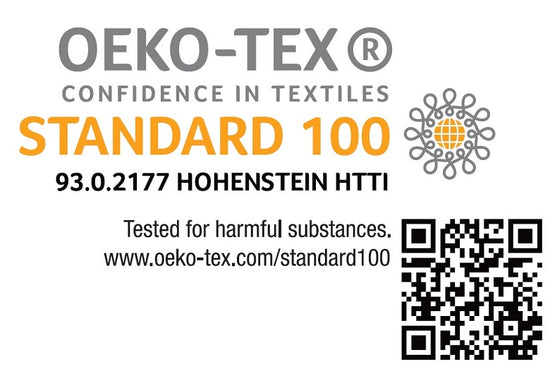
All CHANTY lace fabrics are certified
So you can be certain, CHANTY lace fabrics are all certified harmless for human health.
https://www.oeko-tex.com/en/our-standards/standard-100-by-oeko-tex
-
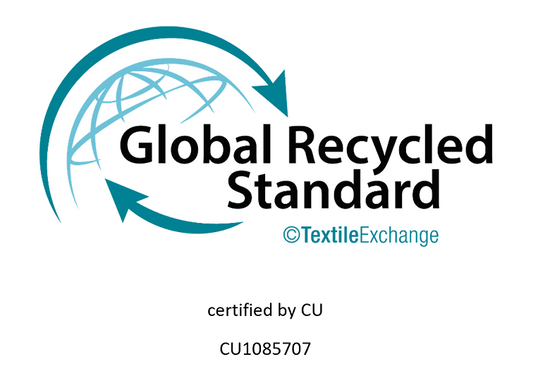
All CHANTY factory locations are certified
The Standard not only certifies recycled content in materials, but also social & working conditions. For the complete supply chain.
https://textileexchange.org/standards/recycled-claim-standard-global-recycled-standard/
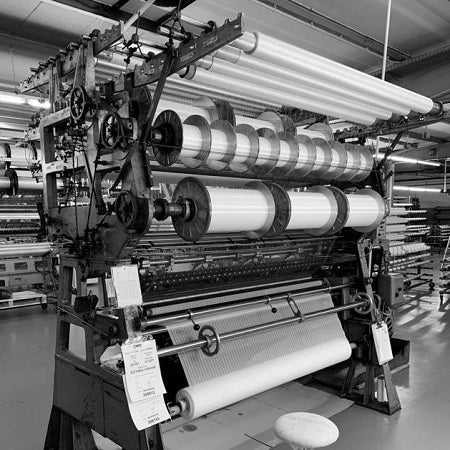
CHANTY as Manufacturer & Brand
CHANTY cares, recycles, donates, safes, reuses, protects, values... Producing textiles in Germany since over 60 years, we are experts at establishing conscious processes & transparent supply chains.

Materials used for lace production
Laces made out of organic, natural, biodegradable, cellulose, recycled material. Sourcing sustainably and environmentally conscious we are on top of the newest innovations responsible lace production.

Laces that support you every day
Hugging your body in all the right ways or stretching with your movements during intensive activities- - all is possible with CHANTY laces. We have laces with a variety of different attributes.



